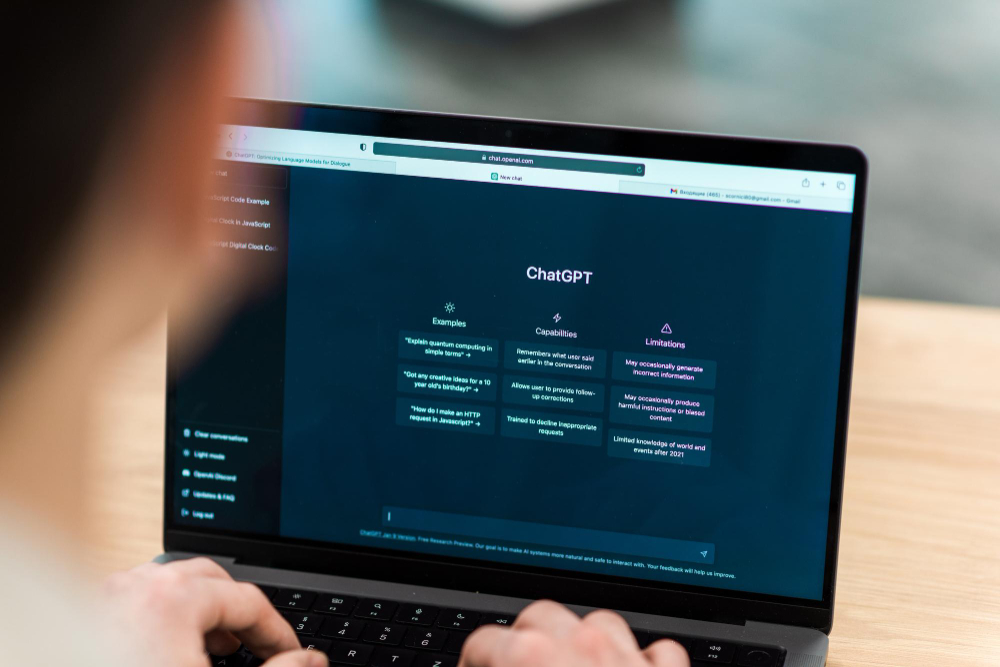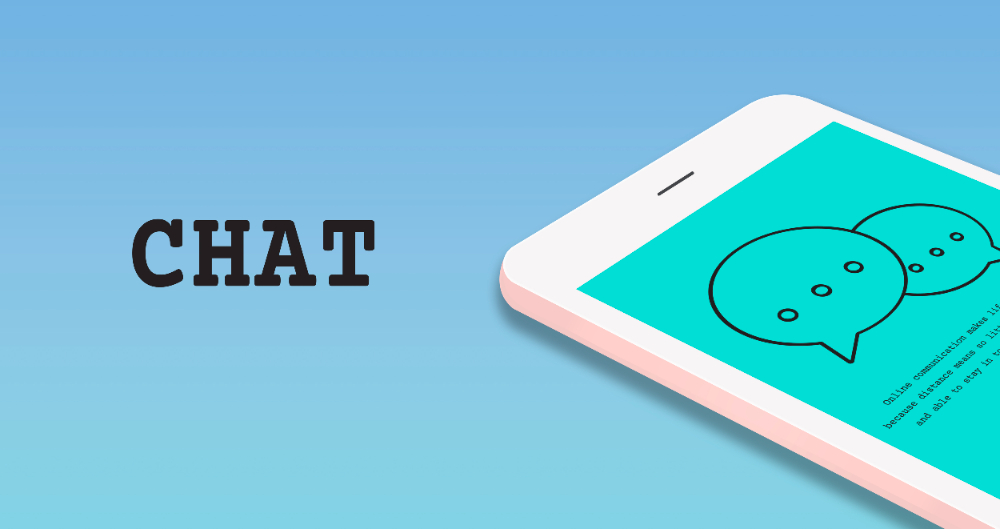Table of Contents
- The Evolution of MOOCs
- Benefits of Self-Directed Learning through MOOCs
- Flexibility and Accessibility
- Diverse Courses
- Cost-Effectiveness
- Lifelong Learning
- Strategies to Increase Participation in MOOCs
- Setting Clear Learning Objectives
- Time Management Techniques
- Interactive Course Design
- Presence of Instructor
- Sense of Achievements
- Blended Learning Models
- Case Studies and Success Stories
- Challenges and Solutions
- Future Directions and Trends in MOOCs
- Conclusion
MOOCs are changing the landscape of higher education. They are massive open online programs that are produced by higher educational institutes and corporations. The whole world can access them for free or for a minor fee through different platforms such as Coursera, Udacity and FutureLearn.
This approach is helping students around the globe to enhance their skills and also enabling teachers to integrate self-directed learning in the classroom.
How are they doing it with the help of MOOCs? This blog will discuss it in detail.
The Evolution of MOOCs
In 2008, Stephen Downes and George Siemens introduced a course at the University of Manitoba. The course name was Connectivisim and Connectivity and it was introduced with the help of online tools. 25 students attended it on-campus with tuition fees while 2300 attended it online around the globe free of cost. From here, the MOOCs concept was introduced. The term was coined by Dave Cormier and Bryan Alexander.
In the fall of 2011, Stanford offered three online courses for free related to Artificial intelligence. Peter Norvig and Sebastian Thrun offered their free courses that got the enrollment of 160,000 students but only 20,000 completed it.
In February 2012, Thrun founded a company called Udacity in which he produced and gave courses for free. In April 2012, Daphne Koller and Andrew Ng started Coursera. They were two Stanford professors who partnered with different universities.
MIT also launched the MITx platform for offering MOOCs. This platform’s name turned to edX after partnering with Harvard University. At this moment, it has partnered with more than 30 universities.
Coursera enrolled almost 4 million students while edX and Udacity enrolled millions of students.
Initially, courses were a list of PDF documents that was sent to students through email. But, with the advancement of technology, teachers started adding video content to it too. Some teachers simply record their lectures in the classroom and provide it to the online audience. Now, AI and Virtual Reality are slowly changing the dynamics of MOOC platforms and their courses.
Benefits of Self-Directed Learning through MOOCs
Flexibility and Accessibility
MOOCs have broken down all geographical barriers, making education accessible to the whole world. Students with learning disabilities, living in remote areas or workers having hefty routines can benefit from MOOCs. It doesn't require any formal degree or credentials to participate so every person with any educational history can enroll in it.Its flexible schedule enables students, parents, tutors and without compromising other commitments.
Diverse Courses
MOOCs cater to personal learning paths by offering various kinds of courses ranging from humanities to technology. So, every person can find the course related to their interest and field on the online platforms.
Cost-Effectiveness
MOOCs are cost-effective as they provide free learning to students. Moreover, you can earn a certificate of participation or other badges on it at a minimal price. Different stats have proved that MOOCs have made education quite affordable for everyone.
Lifelong Learning
Pelster says that employees have to re-learn their skills every 12 to 18 months because of the rapidly changing workplace dynamics. But, having traditional training is time-consuming and expensive so a lot of employees run away from it. But, MOOCs have changed this scenario. Employees can now learn and relearn their skills and can make up for the lags in their education through these online courses.
Strategies to Increase Participation in MOOCs
Udacity partnered with San Jose State but faced failure in implementing MOOCs in the university. The drop rate was 90 percent. This fact shows that students should have self-directed learning and motivation for attending MOOCs. For this, teachers, parents and institutes have to take several steps.
Setting Clear Learning Objectives
Students need clear goals and objectives for self-directed learning. They need to know the benefits of having a MOOC course. So, instructors should add clear learning objectives in the outline of their MOOC course.
Time Management Techniques
A study shows that institutes have to teach self-directed learning strategies to the majority of students. So, institutes, parents and tutors should teach different time management techniques to students for self-directed learning. MOOCs can also offer resources and tips related to time management in their introductory lectures.
Interactive Course Design
Institutes when designing MOOC courses should make it interactive and interesting. They can do it by adding community forum pages, flashcards, quizzes, group projects, peer support, gamification elements and real-world applications. They will play a role in enhancing the intrinsic motivation of the students.
Presence of Instructor
In MOOCs, instructors should try to add live question-answer sessions, giving feedback on students’ work and taking an active part in the comments section or community chat. This will motivate students to do self-directed learning.
Sense of Achievements
Students need a sense of achievement to complete any MOOC course. So, there can be badges, rewards or valuable certificates in any online course.
Blended Learning Models
Instructors can integrate MOOCs in the traditional classroom to motivate students and enhance their self-directed learning. School administrators can also integrate important MOOC courses in the curriculum to motivate students to learn it. With it, they can turn libraries into learning hubs by providing dedicated tech space for students to attend MOOC classes.
Case Studies and Success Stories
There is an NAU project in Portugal that drives a lot of institutes to engage in MOOCs. The Polytechnic University of Tomar says that trainees enrolled in MOOCs were mostly employees who required reskill. The official website of Coursera as of February 2016 stated that there are 138 institutes from 28 countries offering MOOCs. Some instructors from different institutes have collaborated to make a course.
Coursera, edX and Khan Academy have various success stories of students too. For example, Beatrice from Kenya is a high school student who aced her Advanced Placement of Biology exam with the help of the Khan Academy MOOCs course.
Similarly, Omar from Mexico City switched his career from a construction worker to a data scientist with the help of the Introduction to Data Science MOOC course on edX.
Challenges and Solutions
MOOC courses have low completion rates because of students' dropout issues. In this scenario, instructors should make the course interactive with social and gamification features. Moreover, underprivileged students can have access issues that can lead to a digital divide. In this case, institutes and NGOs should step up and make dedicated tech points in the institutes, and collaborate with entrepreneurs to fund these students.
Future Directions and Trends in MOOCs
Artificial Intelligence tools are changing the dynamics of MOOCs. They are helping instructors around the globe to add interactive aspects to their courses. For example, there are AI assistants in educational tools that help instructors in making personalized curricula for students of different demographics and disabilities. Moreover, there are online tools and apps such as EdTool.io that let parents and teachers communicate with each other to discuss students' progress. Moreover, there are modern course creation tools such as Learning Studio that enable teachers to add gamification, feedback pools and other interactive aspects in their online classes.
Conclusion
Sebastian Thrun believed that in 50 years, there might be only 10 institutes providing higher education. Otherwise, students and institutes would have shifted to MOOCs. This fact shows the benefits MOOCs are providing to students, Institutes and teachers. So, you all should explore MOOCs for your self-directed learning and become a lifelong learner.

































Comments are closed.